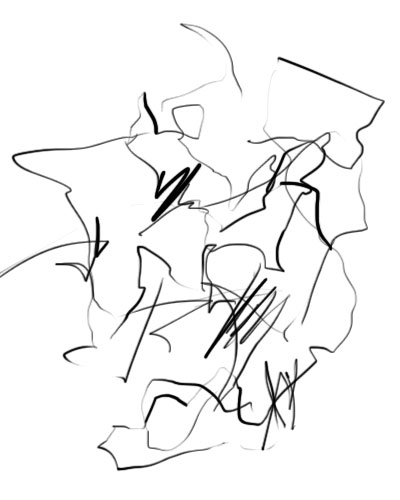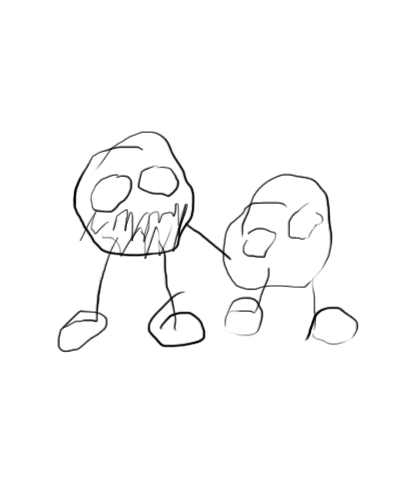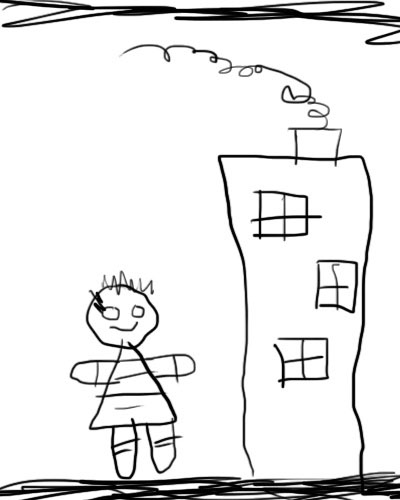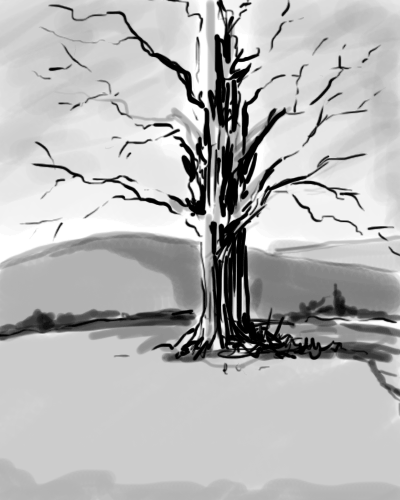Understanding the stages of artistic development can help you become better at creating art. It can also help you become a more effective art teacher. We develop artistically. Just like we develop other skills like talking and walking in stages, we develop artistic skills in the same way.
In 1947, Dr. Viktor Lowenfeld published “Creative and Mental Growth”, which quickly became THE textbook for art educators. Lowenfeld argues that are six clearly defined stages of artistic development and that these stages can be witnessed in the artworks of children. According to Lowenfeld, the six stages of artistic development are:
Stage 1 – Scribble Stage (1 – 3 years old)
Children at this age are engaged in the physical activity of drawing. There is no connection made between the marks and representation during most of the scribble stage. However, towards the end of this stage children may begin to give marks names. This stage is mostly about the enjoyment of purely making marks.

Stage 2 – Preschematic Stage (3 – 4 years old
Children at this stage of artistic development are beginning to see connections between the shapes that they draw and the physical world around them. Circles and lines may be described as people or objects that are physically present in the child’s life. It is in this stage that a child first makes the connection to communicating through their drawings.

Stage 3 – The Schematic Stage (5 – 6 years old)
Children at this stage have clearly assigned shapes to objects that they are attempting to communicate. They often have developed a schema for creating drawings. There is a defined order in the development of the drawing.
Drawings at this stage have a clear separation between the sky and the ground. Often the sky is a strip of blue at the top of the paper, while the ground is a strip of green at the bottom.
Objects are often placed on the ground instead of floating in space. Objects of importance are often drawn larger than objects of lesser importance.

At this stage in artistic development, children are beginning to become more critical of their own work. It has become evident that a structured order to drawing objects is no longer sufficient. While a schema is still used to create drawings, it is more complex than the schema used in earlier stages. Overlapping can be seen and a sense of spatial relationships is more evident.

The use of value and light is now apparent in drawings. Children at this stage of artistic development are very critical of their own success. Success is determined by the level of realism achieved in the drawing. Frustration is a common occurrence. It is exceptionally important to encourage students at this stage.

Stage 6 – The Decision Stage (13 – 16 years old)
Children at this stage will decide to continue drawing or view it as an activity without merit. Because of the level of self criticism inherent at this stage, many children, (now young adults) view drawing as a skill that do they do not possess.
Others, however, decide to continue working on their drawing skills and continue to develop. I think that it is important to encourage students to continue drawing despite their level of skill. Any skill level can be attained with practice. This stage of artistic development is perhaps the most critical to the development of an artist.



कोई टिप्पणी नहीं:
एक टिप्पणी भेजें